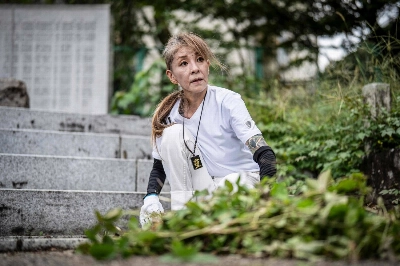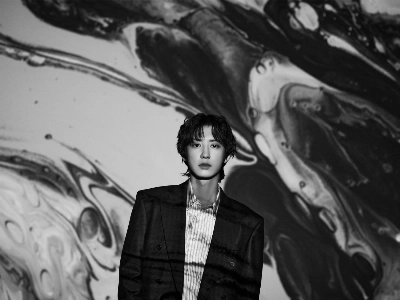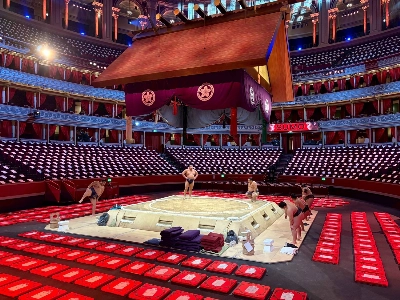Be it the elegant neoclassical past or that of the Hollywood musical of the 1930s and '40s, staircases that are immortalized on canvas, paper or celluloid tend to be those designed expressly for a spectacular entrance. Hitchcock and other directors shifted the focus from the ornateness of the staircase's construction and the person who descended to what lay shrouded in darkness at the top, on the landing or behind the closed door.
The series of 10 exquisite staircase drawings done from 1990 onward for which Yuri Ogawa is known has more affinity with Hitchcock and the photographer Hiroshi Sugimoto than with Busby Berkeley or rococo architecture.
Whether grand or plain, the staircases she depicts seem to disappear upward. There is no human presence and one rarely sees just where they lead -- perhaps nowhere, perhaps to heaven or even purgatory on the second floor. Yet they play on both of these aspects and are as much about presence as they are about absence and very much the vision of the one who watches -- imagining even anticipating things.
















With your current subscription plan you can comment on stories. However, before writing your first comment, please create a display name in the Profile section of your subscriber account page.